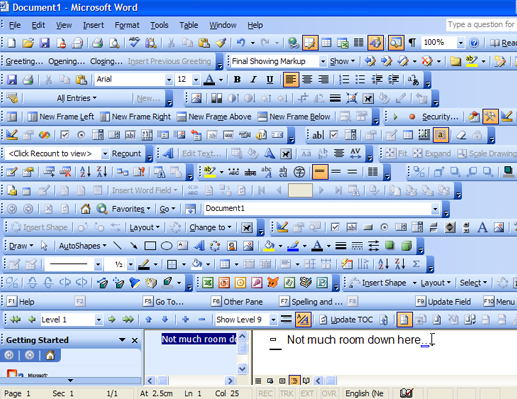Unnecessary features
Preventing what is also known as feature creep is needed as long as you plan on having a successful product that is easy to use and helps people get done what they need to do.
What are Unnecessary Features
Necessary features are those adopted, useful, and loved. On the other side of the spectrum are the unnecessary features, the ones that only a few people ask for but who might not even use them when they get delivered. Not only did you sink a lot of resources, but your product got more massive and more complicated. Preventing unnecessary features is what should be mostly done by product managers, yet even the development team shall have to say in this matter.
You can spot an unnecessary feature by answering these (and others that you find fitting) questions negatively:
- Does this feature help users achieve what they hired your product for?
- Is it going to be a vastly used or a feature for a niché of your customers?
- Do you have data to back up whether this feature is wanted?
- Does it make financial sense to develop such a feature?
 Source: Feature creep
Source: Feature creep
Uncollapsing all features Microsoft Word 2006 has to offer can become overwhelming
To provide you with an example, when Microsoft launched Windows 8, it introduced to users a redesigned Start menu with interactive tiles. Windows 10 took everything to a new level when ads for random products came around. It's an exquisite example of a feature that no one asked for and doesn't help anyone achieve anything. Since people pay for their product, it is a terrible decision to annoy users with ads no one cares about.
Contrary to preventing unnecessary features, your product may have some not-so-popular parts. Moreover, it might have outgrown its legacy features (things in which customer interest has slowly decreased). In such a case, you need to pragmatically assess the situation by going through accessible data, user surveys, and other tools that might help you decide whether or not to kill the feature.
To provide you with an example of a successfully killed feature we would point your attention to Groove's removal of live chat from their product.
How to Minimize Existence of Unnecessary Features
- Focus on why users hired your product and how you can help them fulfill this goal better.
- Look at the data you have about your users and the needs you can back up with data.
- If you do not have data, you have to get some - listen to your customers, hold testing sessions with them and understand what they want.
- Determine how does this feature change the usability of your product or a workflow - for better or for worse?
- Determine the new feature's short-term and long-term value.
- Establish quick validation cycles for every new feature outside of the already agreed project roadmap.
- Take into account the needed resources for developing a new feature.
Resources for Unnecessary Features
Was the article helpful?
Want to write for DXKB?
Feel free to contribute. People from DXKB community will be more than happy.
Related articles
ALL ARTICLES
Test Cards
Test cards help you to test and validate your business ideas by defining how you will test them, what you will measure, and what success looks like.
Read moreDesign Sprint
A Design Sprint is a framework that reduces the risks associated with product development. It is an intense process done by a small team in just 3 - 5 days.
Read moreDesign Thinking
Design thinking puts a user at the center of the product design. It means that users' needs and wants are prioritized first by taking an ergonomic and iterative approach during designing.
Read moreUX Prototyping
A prototype is a model of a system (in our case an app, web, business process, or UI) built to test elements of the intended system. It is not primarily a final design candidate or MVP.
Read moreALL ARTICLES
Contribution
We are happy you want to contribute to DXKB. Please choose your preferred way